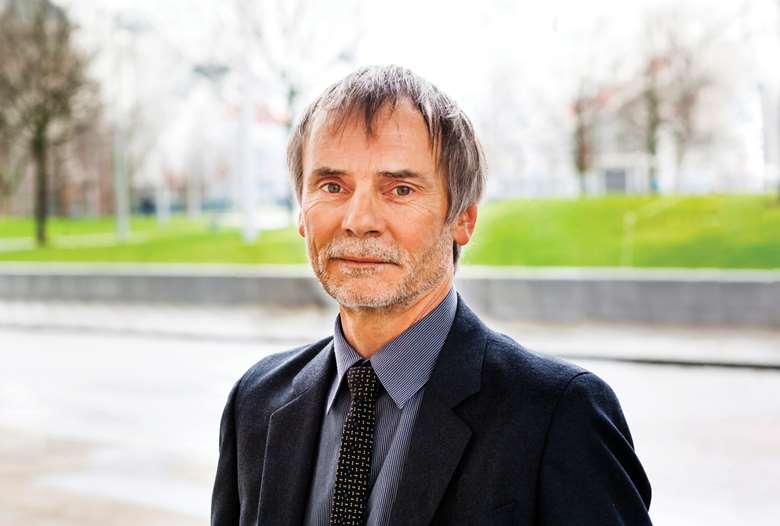Adoption system failings harm children’s life chances
Andrew Webb
Tuesday, July 26, 2022
The adoption system in England is not working for children. There is overwhelming evidence that adoption is an excellent permanence option for children who had the toughest of starts in life. Yet, despite record numbers of looked-after children, only 2,870 adoptions were made in 2020/21 compared with 5,360 in 2015.

Emerging figures show this trend continuing: there has been no post-pandemic recovery and there is none in prospect. Local authority decisions that adoption is in the child’s best interest are 22 per cent lower than for the same period last year, with placement orders and adoption orders both 20 per cent down.
The children who have traditionally waited longest to be adopted – sibling groups, children with a disability, older children and those from ethnic minority or mixed ethnic backgrounds – are waiting even longer. There has also been a rise in the number of reversals of adoption plans. Consequently, significant numbers of children who could, or should, be adopted are being looked after in interim placements or a succession of foster families. The growth in “in family” special guardianships does not account for this drop.
Voluntary adoption agencies (VAAs) have a long tradition of innovation in recruiting, matching and supporting adopters to enable them to take children with complex needs and continue to provide almost one quarter of all placements. A recent survey of VAAs found that they had more than 600 adopters on their lists, of whom 20 per cent are from black or minority ethnic communities, 26 per cent were approved to adopt sibling groups, 23 per cent were approved for additional needs and/or disabilities, and 49 per cent could take a child aged four or over. Yet they are not being used: one outstanding agency, Families for Children, has had to close largely because local authorities in the South West of England have stopped using them. Since the English Adoption Register was abandoned in 2015, VAAs and their adopters are prevented from “seeing” many of the children who are waiting and offering themselves as a potential match. VAAs are regularly told that councils cannot afford the inter-agency fee (currently £33,871 per successful placement) agreed between CVAA and local government and children’s services leaders, yet the same councils continue to fund expensive private residential care and independent fostering placements.
The Care Review is virtually silent on adoption. The government’s strategy to invest in adoption support and the creation of regional adoption agencies clearly has not had a positive impact on care planning decisions supporting adoption, nor has it led to better or faster matching of adopters with the children waiting the longest.
The adoption system must be made fit for the 21st century. The system must ensure that all children who need a permanent home get access to adopters waiting to provide one.
-
Andrew Webb is chair of the Consortium of Voluntary Adoption Agencies (CVAA)




